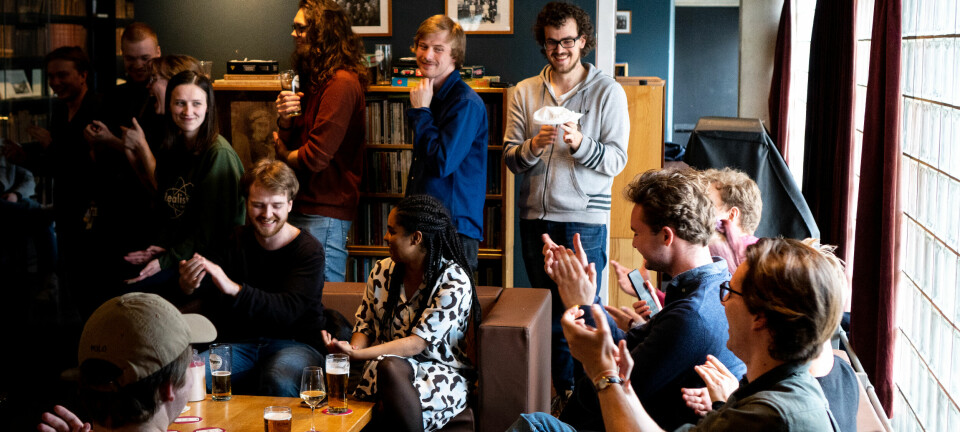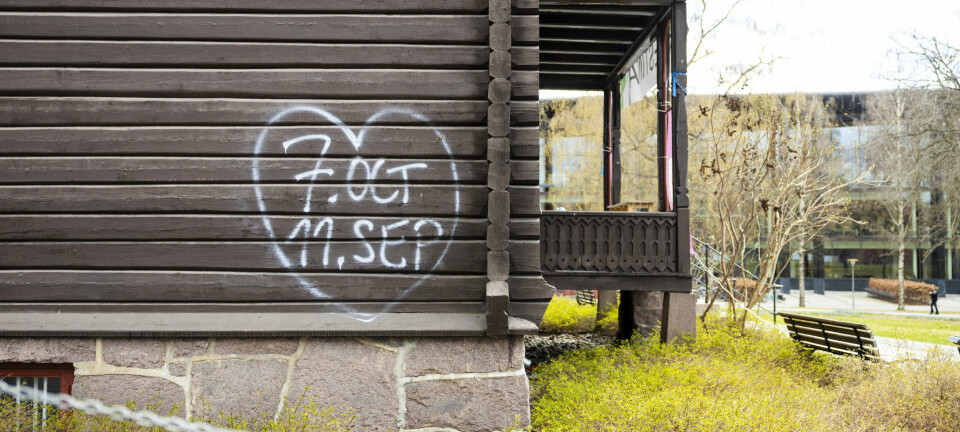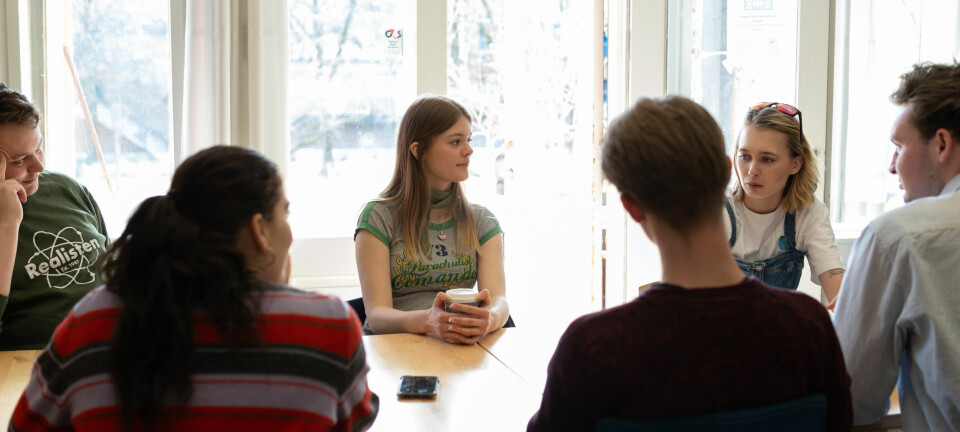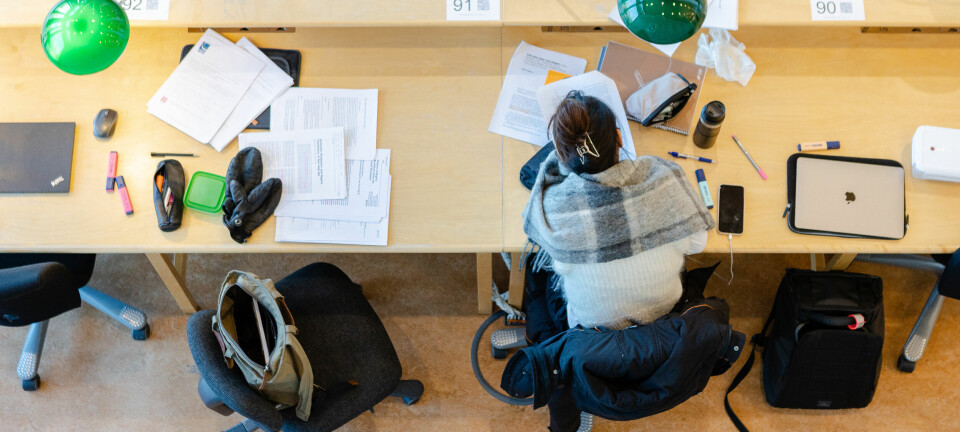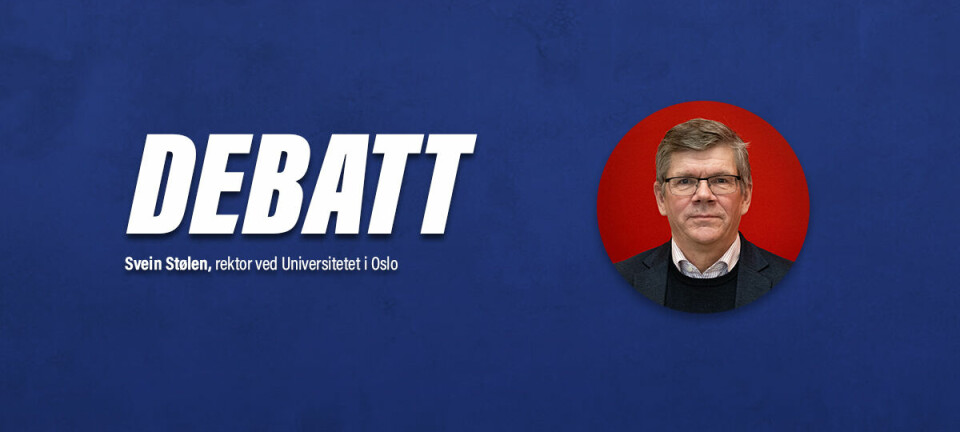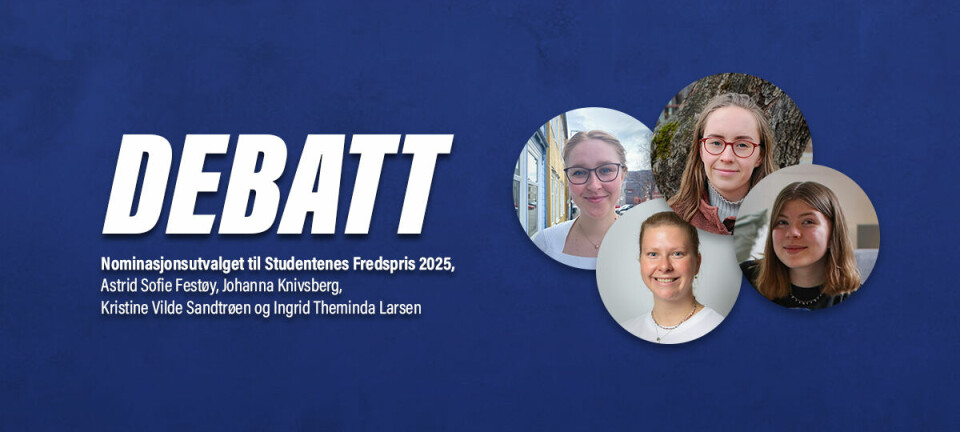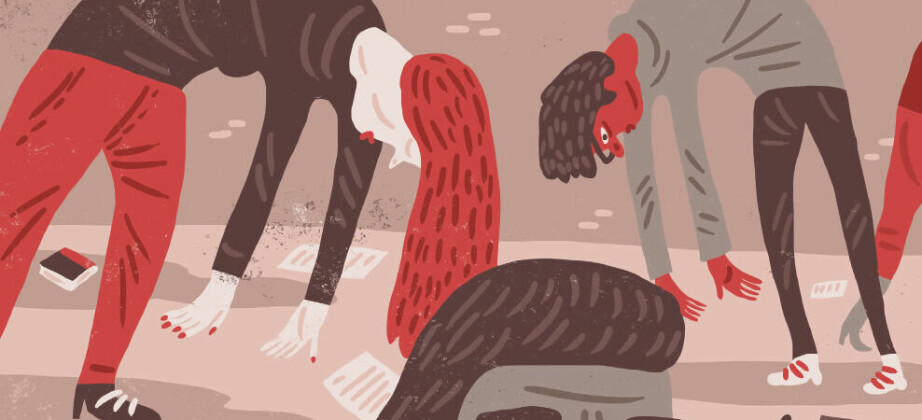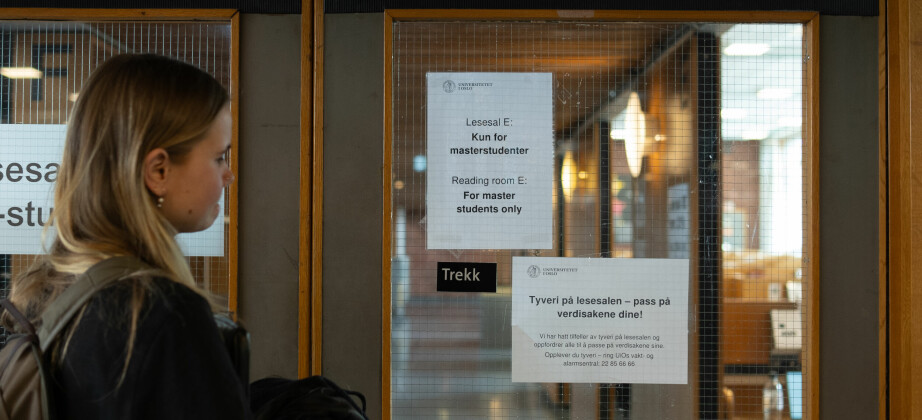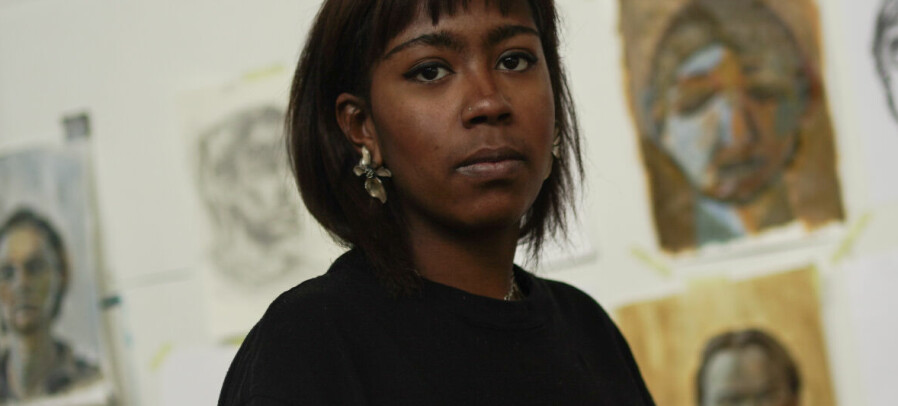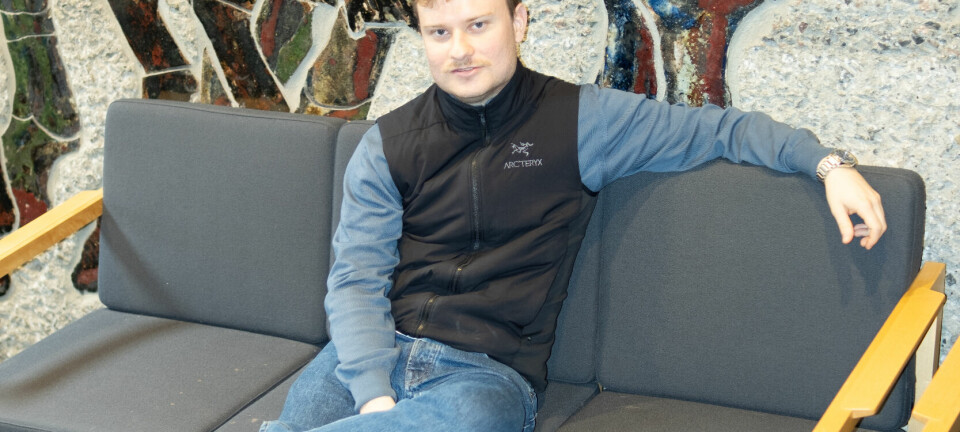
The Norwegian art of avoidance
When being considerate is all about inconveniencing others
I’ll never forget the first time a Norwegian snuck up on me – or at least, the first time I noticed. I was standing in the grocery store contemplating what kind of milk to buy, which was taking a little longer than normal, since I had to parse the Norwegian labels. I decided, grabbed my milk out of the case, turned around – and realized there was someone standing right behind me.
I felt bad for blocking their way, as they were clearly waiting for me to move, but I was also creeped out. Why couldn’t they have just asked me to move? Little did I know this was going to be a regular part of my life in Norway.
International students have their heart broken: The Norwegian one-night stand
It doesn’t only occur in the dairy aisle though. When strolling down the sidewalk, bicyclists will sometimes ride immediately behind me, the way too narrow for them to go around me, yet they insist on nearly hitting my heels. They ride without a sound, the bell on their handlebars clearly just decorative.
These things are not meant to be infuriating though, even if that’s the result. Norwegians are under the impression that if they don’t talk to anyone, everyone will be happier. And certainly that is the case when one goes to the movies, visits a church, or attends a silent meditation retreat. It does not apply when words are the only way to alert someone to your presence, making life easier for all involved.
Ashamed to be Norwegian: And proud of it
Bus riders are the best example of this. Commuters in Oslo would not speak to each other if their lives depended on it. If there are two seats available, they will always take the one on the aisle, just so that they don’t have to – God forbid! – interact with someone who might sit in the other one when it is time to disembark. Rather, leaving the window seat open seems the most prudent choice to them. Instead however, this results in two inconvenient options for their fellow riders: either try to get past this person in order to sit down, thereby forcing social interaction nonetheless, or simply standing and leaving the seat open, causing a jam throughout the bus as several people leave seats open. The resulting sardine can means everyone else has to stand far too close to their bus riders. And naturally the middle of the bus is never utilized either, for similar reasons. The fear that one might have to make others aware of one’s existence is unbearable.
And yet, there is something tempting about this art of avoidance. One day I found myself standing behind someone in front of the dairy section, waiting impatiently. I could have asked them to move with just a polite «unnskyld.» But I wouldn’t want to bother them.
Read more English articles here




